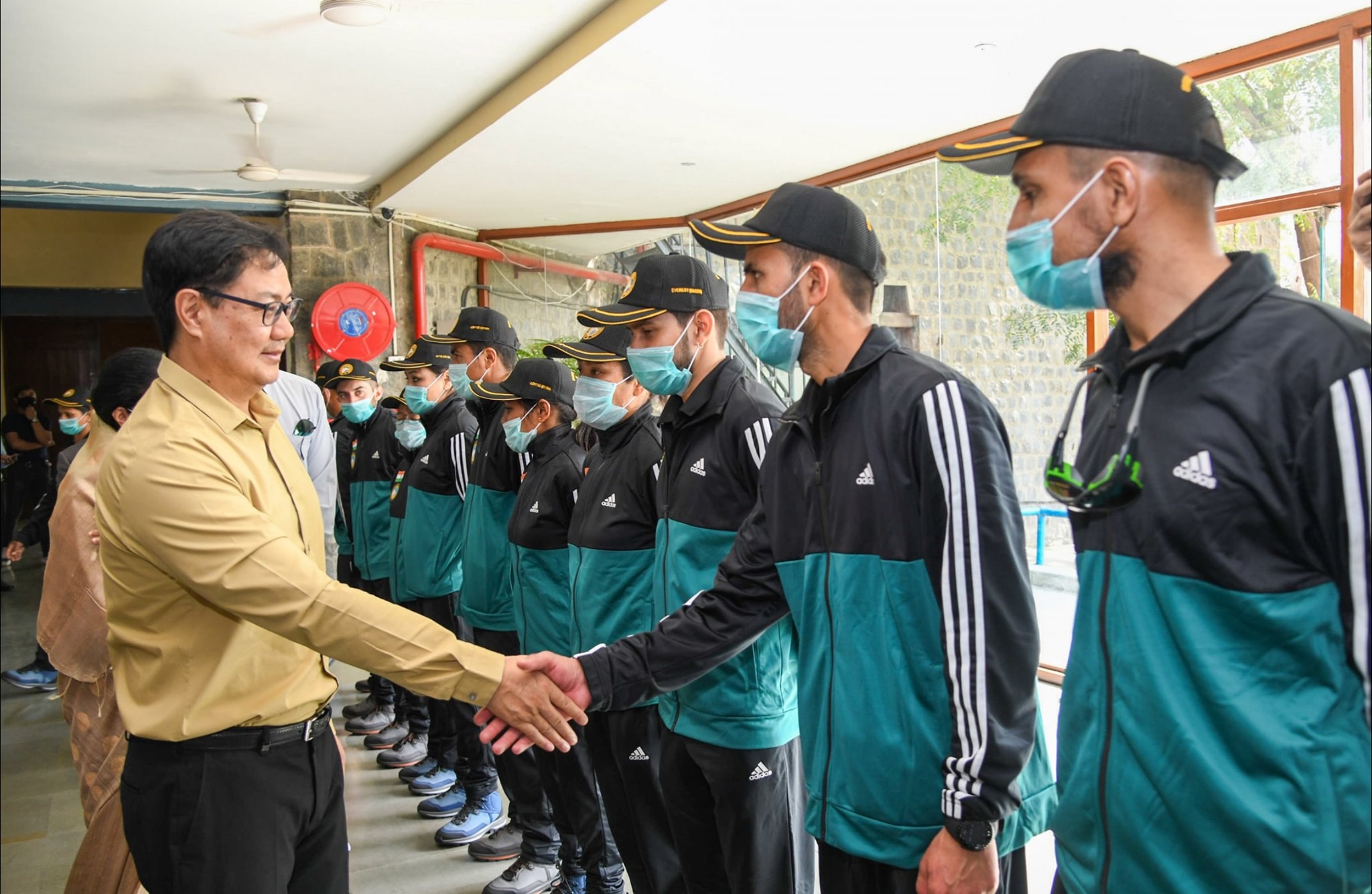How to plan an expedition in Indian Himalaya?
Mountaineering expeditions in India typically involve a series of detailed steps and preparations to ensure safety and success. Here’s a general overview of the process:
1. Choosing the Expedition
- Research: Decide on the mountain or peak you want to climb based on your skill level, interests, and fitness.
- Permits and Regulations: Different peaks in India require different permits, especially in restricted areas. For example, peaks in the Himalayas often need permissions from the Indian Mountaineering Foundation (IMF) or other relevant authorities.
2. Planning and Preparation
- Physical Fitness: Prepare with a rigorous training regimen focusing on strength, endurance, and acclimatization.
- Gear and Equipment: Ensure you have the necessary climbing gear, including clothing, technical equipment (ice axes, crampons, ropes, etc.), and safety gear.
- Travel Arrangements: Plan travel to and from the expedition base camp. This includes flights, local transportation, and accommodation.
3. Engaging an Expedition Operator
- Guided vs. Self-Guided: Decide whether to join a guided expedition (often safer and more manageable for less experienced climbers) or to organize a self-guided expedition.
- Local Support: Engage with local mountaineering companies or agencies that can assist with logistics, permits, and guides. For example, companies like Kapisa Adventures Pvt Ltd might offer complete packages including logistics, guides, and support.
4. Acclimatization
- Base Camp: Arrive at the base camp and begin acclimatizing to the altitude. This process usually involves gradual ascents and rest periods to allow your body to adjust.
- Training Hikes: Participate in acclimatization hikes and practice essential climbing techniques.
5. Climbing Phase
- Summit Push: Depending on the mountain and weather conditions, begin the ascent in stages, typically involving a series of camps at different altitudes.
- Safety Protocols: Follow safety protocols, including weather monitoring, proper use of equipment, and emergency procedures.
6. Summit and Descent
- Summit Day: Reach the summit, often an early-morning push to avoid worsening weather conditions later in the day.
- Descent: Descend safely to the base camp, which can be as challenging as the ascent.
7. Post-Expedition
- Debrief: Review the expedition with your team and guides, discussing what went well and what could be improved.
- Recovery: Allow time for physical and mental recovery post-expedition.
- Documentation and Feedback: Provide feedback to the expedition operator and document your experience if desired.
8. Permits and Regulations
- Permits: Ensure all necessary permits are obtained. For many peaks, this involves formal applications and fees.
- Insurance: Obtain comprehensive mountaineering insurance that covers medical emergencies, evacuations, and trip cancellations.
Key Considerations
- Weather Conditions: The weather in the Himalayas can be unpredictable; it's crucial to monitor conditions closely.
- Health and Safety: Be aware of altitude sickness and other health risks. Proper preparation and acclimatization can mitigate these risks.
- Environmental Impact: Follow "Leave No Trace" principles to minimize your environmental impact and respect local regulations and cultures.
Expeditions vary greatly depending on the specific peak, the region within India, and the experience level of the climbers, so tailor your preparation accordingly. If you have specific questions about a particular mountain or region, feel free to ask!



No comments